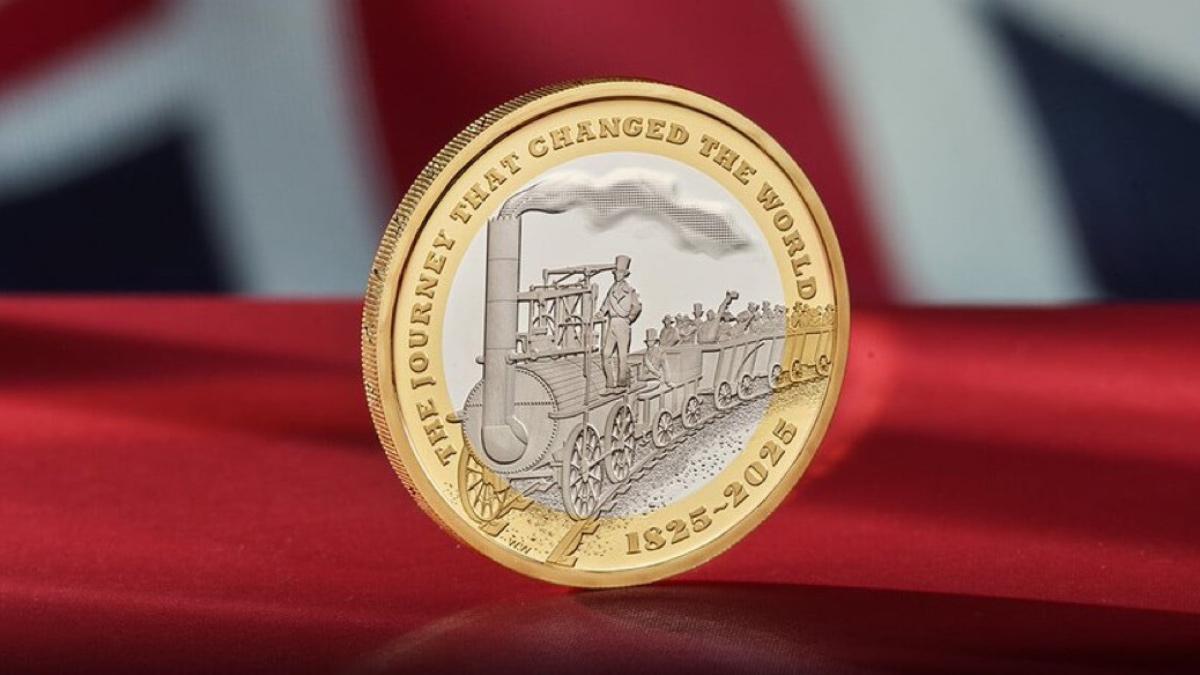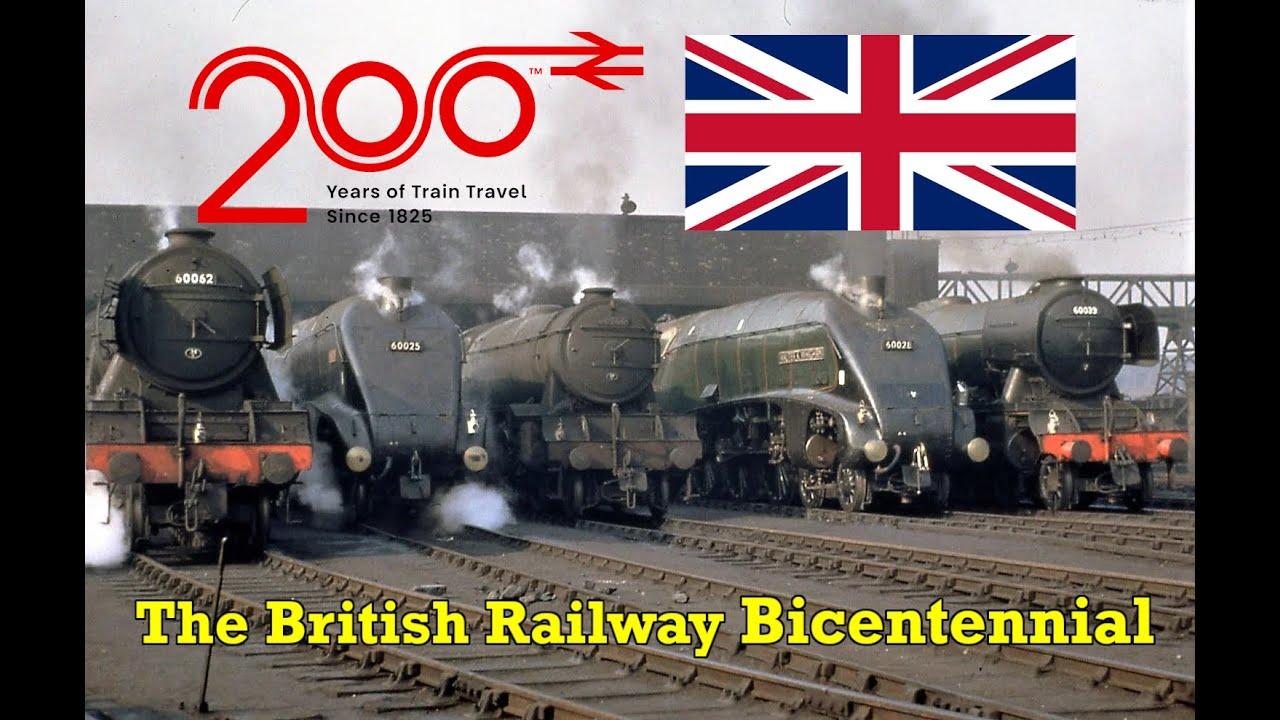Celebrating the Legacy of the First modern Railway: Impact on Transportation and Society
The bicentenary of the iconic journey that marked the dawn of the modern railway is not just a festivity of technological advancement but also a reminder of the profound changes it brought to societal structures. As locomotives began to traverse the British landscape, they catalyzed a transformation in connectivity, allowing for the faster movement of people and goods like never before. This seismic shift was felt in various spheres of life, including:
- Economic Growth: Railways facilitated trade and commerce, leading to increased productivity and wealth distribution across regions.
- Urbanization: Communities expanded as people flocked to cities for job opportunities, creating a myriad of social dynamics and challenges.
- Cultural Exchange: The ease of travel enabled greater interaction among different communities, promoting cultural integration and understanding.
Moreover, the advent of rail transport also laid the groundwork for contemporary infrastructure and mobility norms. It redefined leisure by giving birth to the concept of travel for pleasure, allowing citizens to explore previously inaccessible landscapes. Beyond the economic and cultural implications, the railways instilled a sense of collective identity among the populace, uniting disparate regions under a shared network of steel and steam. Innovators and visionaries of the time recognized that the impact of railways extended beyond mere transportation; it was a leap into a connected future that re shaped the very fabric of society.

exploring the Innovations that Shaped Britain’s Rail Network Over Two Centuries
As Britain commemorates the milestone of a transformative journey that began two centuries ago, the evolution of its rail network stands as a testament to human ingenuity and engineering prowess. From the early days of steam locomotion, where travelers were introduced to the exhilarating speed and efficiency of rail travel, innovations have continually shaped the way we connect across the nation. Key advancements include:
- The introduction of the Steam Engine: Pioneered by George Stephenson, it revolutionized transportation beyond horse-drawn carriages.
- Track and Signal Developments: Innovations in signaling systems greatly enhanced safety and scheduling on the ever-expanding railways.
- Electrification: The shift from steam to electric trains in the 20th century marked a significant jump in speed and reliability.
Today’s advancements continue to build upon that foundation, with a focus on sustainability and technology. High-speed trains reduce travel times dramatically, while digital solutions optimize scheduling and customer experience. Furthermore, there is a growing emphasis on green technologies, with plans to implement hydrogen trains and electrification initiatives that aim to decrease carbon footprints. Highlights of recent innovations include:
- Smart Ticketing: Seamless travel using mobile devices enhances passenger convenience and engagement.
- Autonomous Train Systems: Trials offer a glimpse into a future where automation plays a key role in operations.
- Intelligent Transport Systems (ITS): Real-time data usage improves overall network efficiency and rider experience.

Challenges and Opportunities: How the Rail Industry Can Adapt for the Future
The rail industry stands at a pivotal crossroads, grappling with various challenges while also presenting a wealth of opportunities for transformative growth.As it commemorates the bicentenary of its historic journeys, the sector faces hurdles such as adapting to rapid technological advancements, managing the environmental impacts of rail transport, and responding to changing passenger demands. Key challenges include:
- Sustainability Concerns: Reducing carbon footprints and embracing greener technologies to combat climate change.
- Infrastructure Investment: Upgrading aging networks to support modern, high-speed trains while enhancing safety and reliability.
- Digital Transformation: Integrating cutting-edge digital solutions to streamline operations and improve customer experience.
Despite these challenges,the rail industry is poised to leverage significant opportunities that could reshape its future landscape. Innovations such as the use of AI for predictive maintenance and the expansion of electrification projects can pave the way for a more efficient and environmentally-kind rail system. The potential openings include:
- enhanced Connectivity: Improving links between urban and rural areas, fostering regional advancement.
- Investment in Passenger Experience: Utilizing technology to offer personalized services and seamless travel experiences.
- Collaboration and Partnerships: Working with tech companies to drive forward innovative solutions that enhance operational efficiency.

Connecting Communities: The Role of railways in Promoting Sustainable Travel Practices
As the country celebrates the monumental 200-year anniversary of a pioneering rail journey, it’s paramount to recognize the transformative impact railways have had not just on transport, but on the very fabric of our communities. rail travel offers a unique opportunity to connect people across vast distances, fostering social cohesion and economic growth. This connectivity allows individuals to commute for work, visit family, and engage with diverse cultures, all while reducing reliance on less sustainable transportation methods. By providing an efficient means of travel, railways have encouraged a shift towards sustainable practices that resonate with the planet’s pressing environmental needs.
In addition to facilitating movement, railways promote sustainable travel behaviors by offering passengers an eco-friendly choice to carbon-heavy vehicles. The advantages are manifold:
- Reduced Carbon Footprint: Trains typically produce far fewer emissions per passenger than cars or planes.
- Encouragement of Public Transport: Improved rail links incentivize the use of public transport, lessening road congestion and air pollution.
- Economic Benefits: Accessibility to towns and cities spurs local economies, creating jobs and fostering community development.
This critical role of railways not only underscores their importance in our transport network but also highlights their potential to spearhead an environmentally-conscious shift in travel culture as we move towards a more sustainable future.
